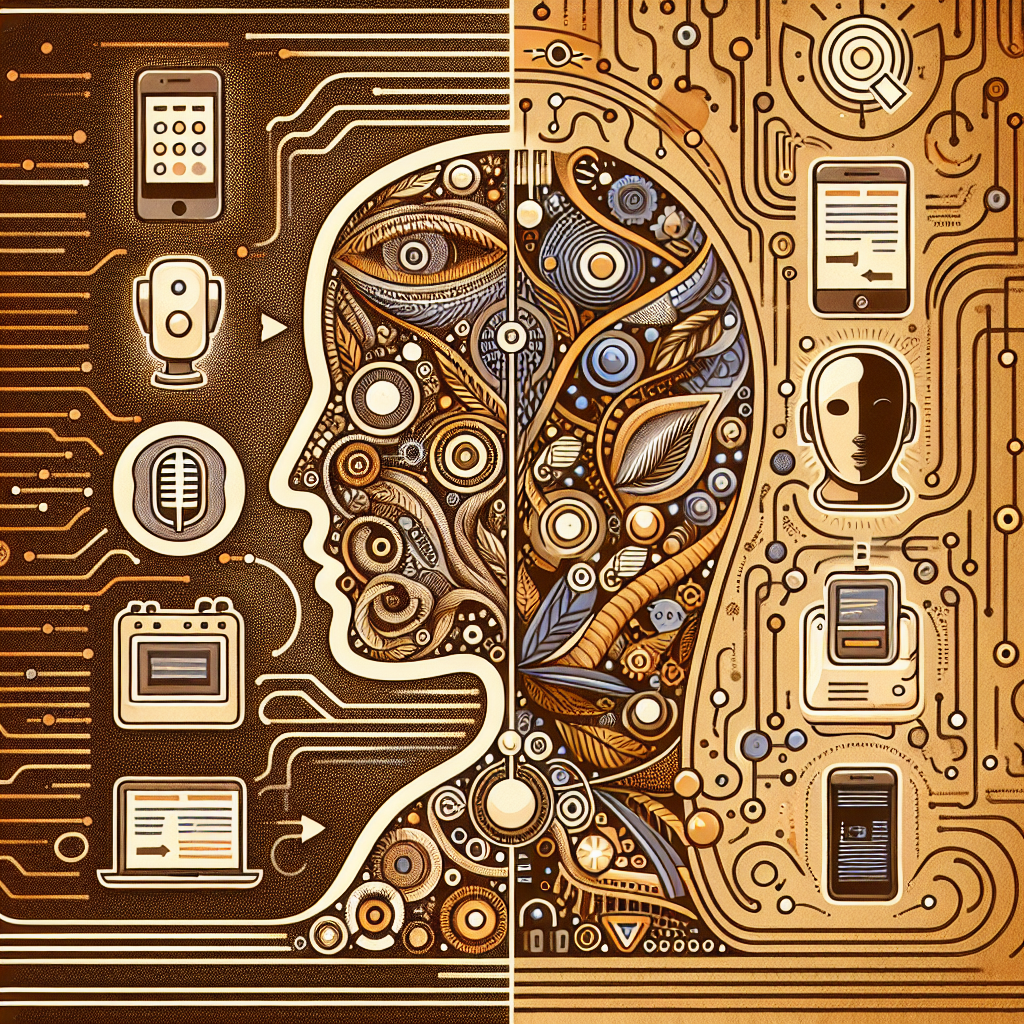From Siri to AGI: The Evolution of Artificial Intelligence
Artificial Intelligence (AI) has become an integral part of our daily lives, from virtual assistants like Siri and Alexa to self-driving cars and advanced medical diagnostics. The field of AI has seen rapid advancements in recent years, leading to the development of more sophisticated and powerful AI systems. One of the most fascinating aspects of AI is the journey from simple task-specific algorithms to the concept of Artificial General Intelligence (AGI), which aims to create machines that can perform any intellectual task that a human can.
In this article, we will explore the evolution of AI, from its humble beginnings to the current state of the art, and discuss the challenges and opportunities that lie ahead in the quest for AGI.
The Early Days of AI
The roots of AI can be traced back to the 1950s, when researchers began to explore the idea of creating machines that could think and act like humans. One of the earliest AI programs was the Logic Theorist, developed by Allen Newell and Herbert Simon in 1956. The Logic Theorist was able to prove mathematical theorems by generating logical proofs, a task that was previously thought to require human intelligence.
In the following decades, researchers continued to make progress in AI, developing algorithms for tasks such as game playing, natural language processing, and image recognition. One of the key milestones in the history of AI was the development of expert systems in the 1980s, which were able to mimic the decision-making processes of human experts in specific domains.
The Rise of Machine Learning
In the 1990s and 2000s, the field of AI saw a major shift towards machine learning, a subfield of AI that focuses on the development of algorithms that can learn from data. Machine learning algorithms are able to improve their performance over time by analyzing large amounts of data and identifying patterns and trends.
One of the most significant developments in machine learning was the rise of deep learning, a type of machine learning that uses artificial neural networks to model complex patterns in data. Deep learning has revolutionized AI in recent years, leading to breakthroughs in speech recognition, image classification, and natural language processing.
Virtual Assistants and Narrow AI
One of the most visible applications of AI today is virtual assistants, such as Siri, Alexa, and Google Assistant. These virtual assistants are powered by narrow AI, which is designed to perform specific tasks within a limited domain. Virtual assistants can answer questions, set reminders, play music, and even control smart home devices, making them a valuable tool in our daily lives.
While virtual assistants have made AI more accessible to the general public, they are still limited in their capabilities. Narrow AI systems are highly specialized and can only perform tasks for which they have been specifically programmed. They lack the ability to generalize their knowledge and adapt to new situations, which is a key characteristic of human intelligence.
The Quest for Artificial General Intelligence
Artificial General Intelligence (AGI) is the ultimate goal of AI research, aiming to create machines that can perform any intellectual task that a human can. AGI systems would be able to reason, learn, and adapt to new situations, making them truly intelligent in the same way that humans are.
Achieving AGI is a daunting challenge, as it requires solving a number of complex problems in AI research. One of the key challenges is developing algorithms that can learn and reason in a flexible and adaptive manner, allowing machines to generalize their knowledge and apply it to new situations.
Another challenge is ensuring that AGI systems are safe and ethical, with the ability to understand human values and make decisions that align with our goals and preferences. The development of AGI raises important questions about the impact of AI on society, including issues of privacy, security, and job displacement.
FAQs
Q: What is the difference between narrow AI and AGI?
A: Narrow AI is designed to perform specific tasks within a limited domain, while AGI aims to create machines that can perform any intellectual task that a human can.
Q: How close are we to achieving AGI?
A: While significant progress has been made in AI research, achieving AGI remains a long-term goal that will require continued advancements in machine learning, robotics, and cognitive science.
Q: What are the ethical implications of AGI?
A: The development of AGI raises important ethical questions about the impact of AI on society, including issues of privacy, security, and job displacement. It is important to ensure that AGI systems are safe and aligned with human values.
Q: How can I learn more about AI and AGI?
A: There are many resources available for learning about AI and AGI, including online courses, books, and research papers. It is important to stay informed about the latest developments in AI research and engage with experts in the field.
In conclusion, the evolution of AI from simple algorithms to the concept of AGI represents a fascinating journey that has the potential to transform our world in profound ways. While achieving AGI remains a formidable challenge, the progress that has been made in AI research in recent years is a testament to the power of human ingenuity and innovation. As we continue to push the boundaries of AI technology, it is important to consider the ethical implications of AGI and work towards creating a future in which intelligent machines can coexist harmoniously with humanity.

